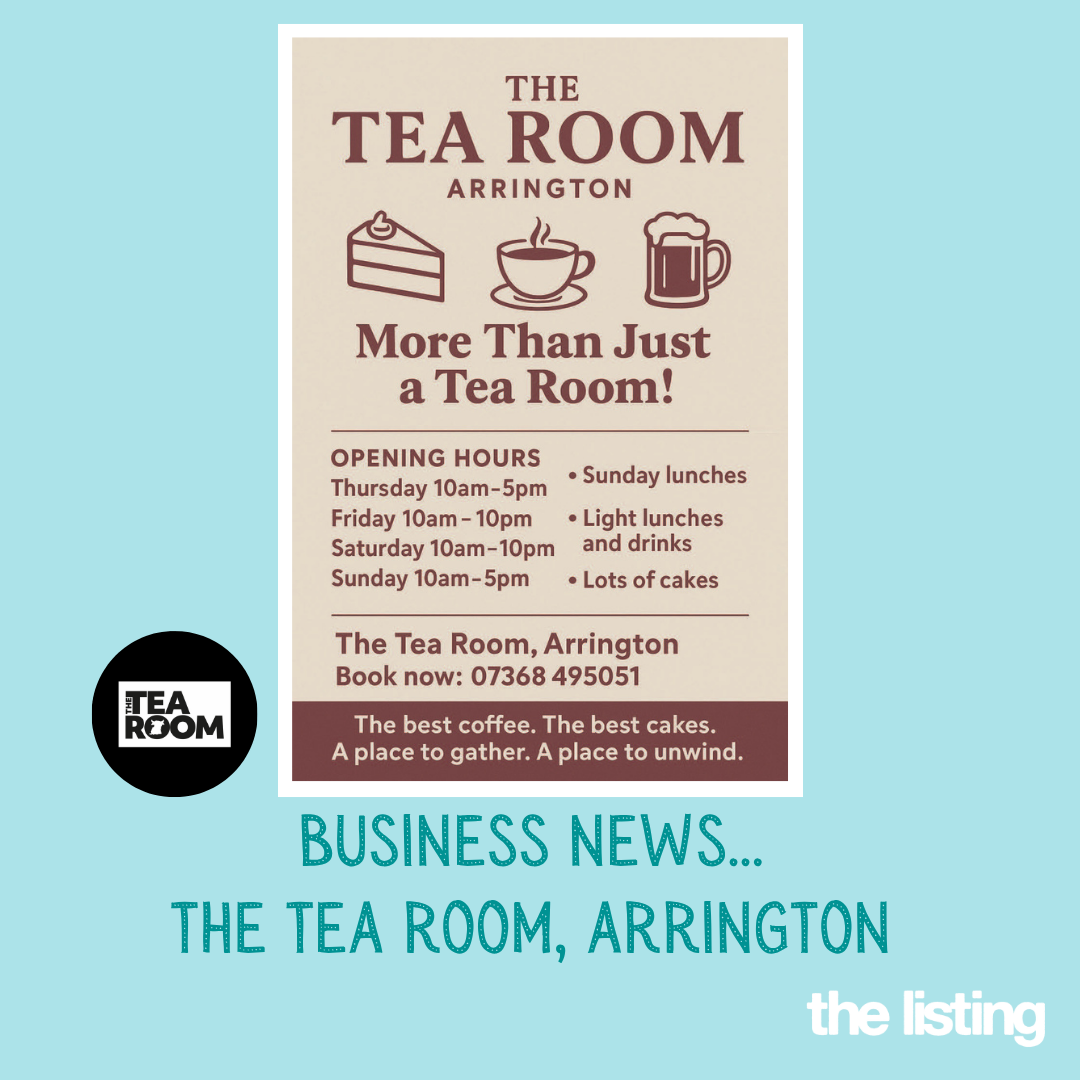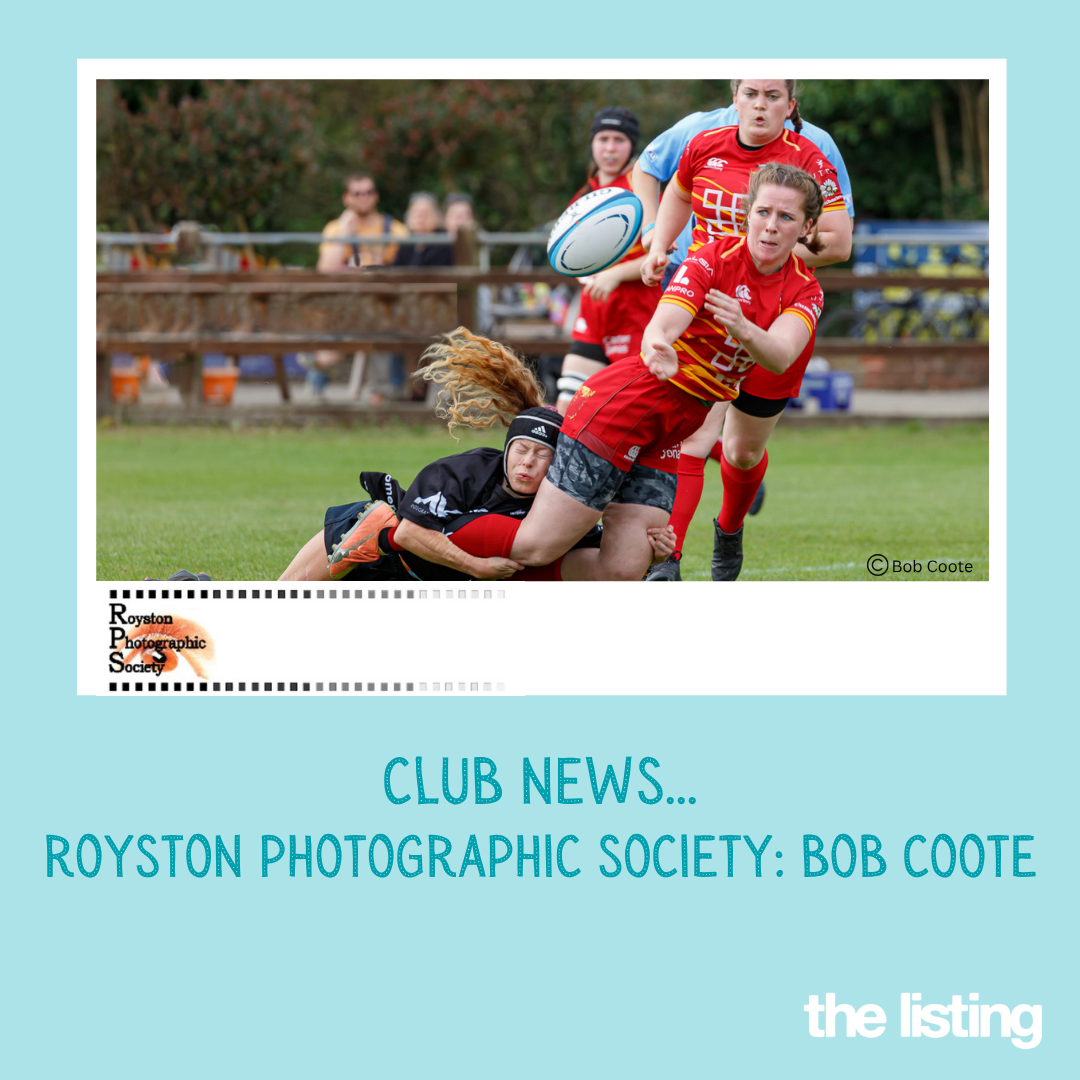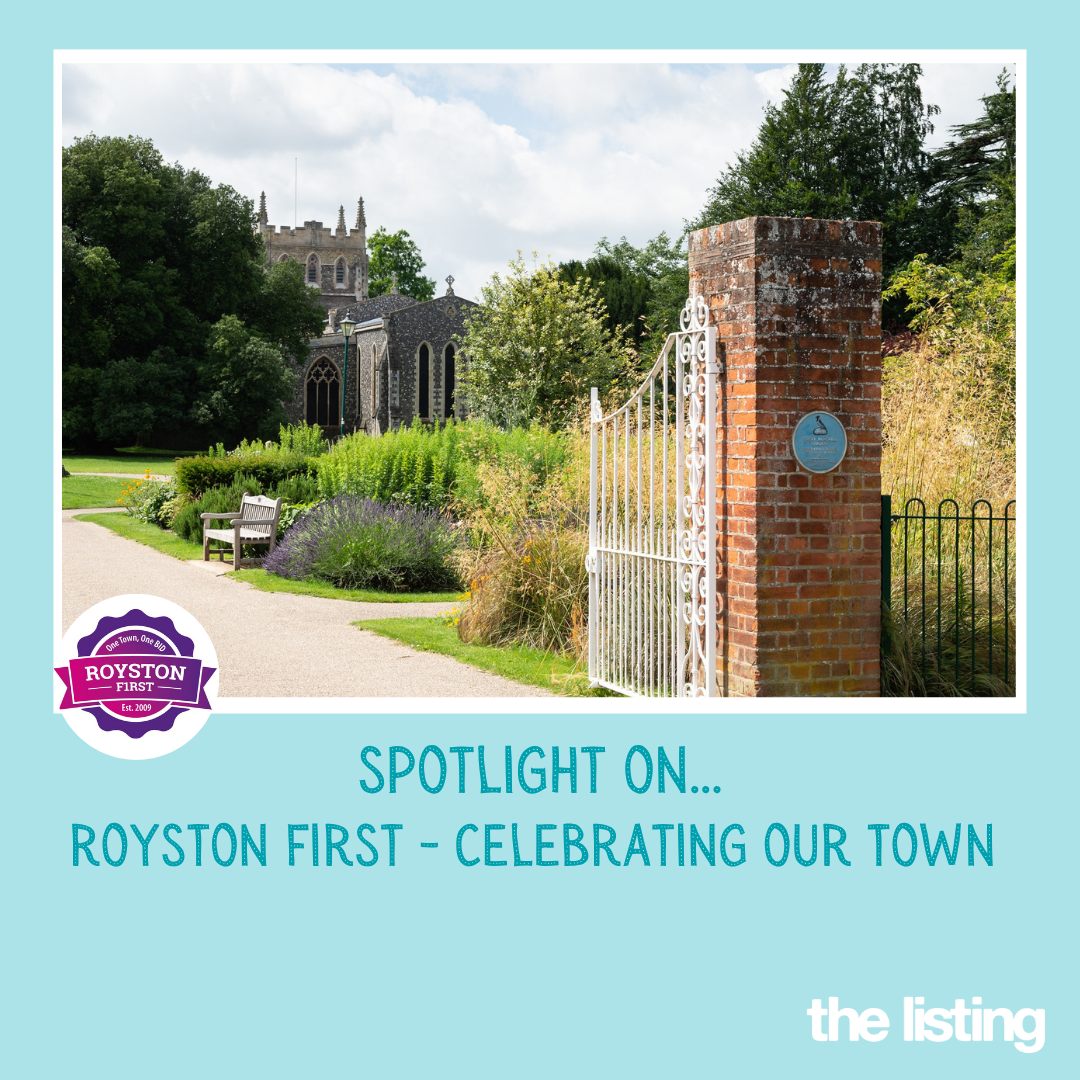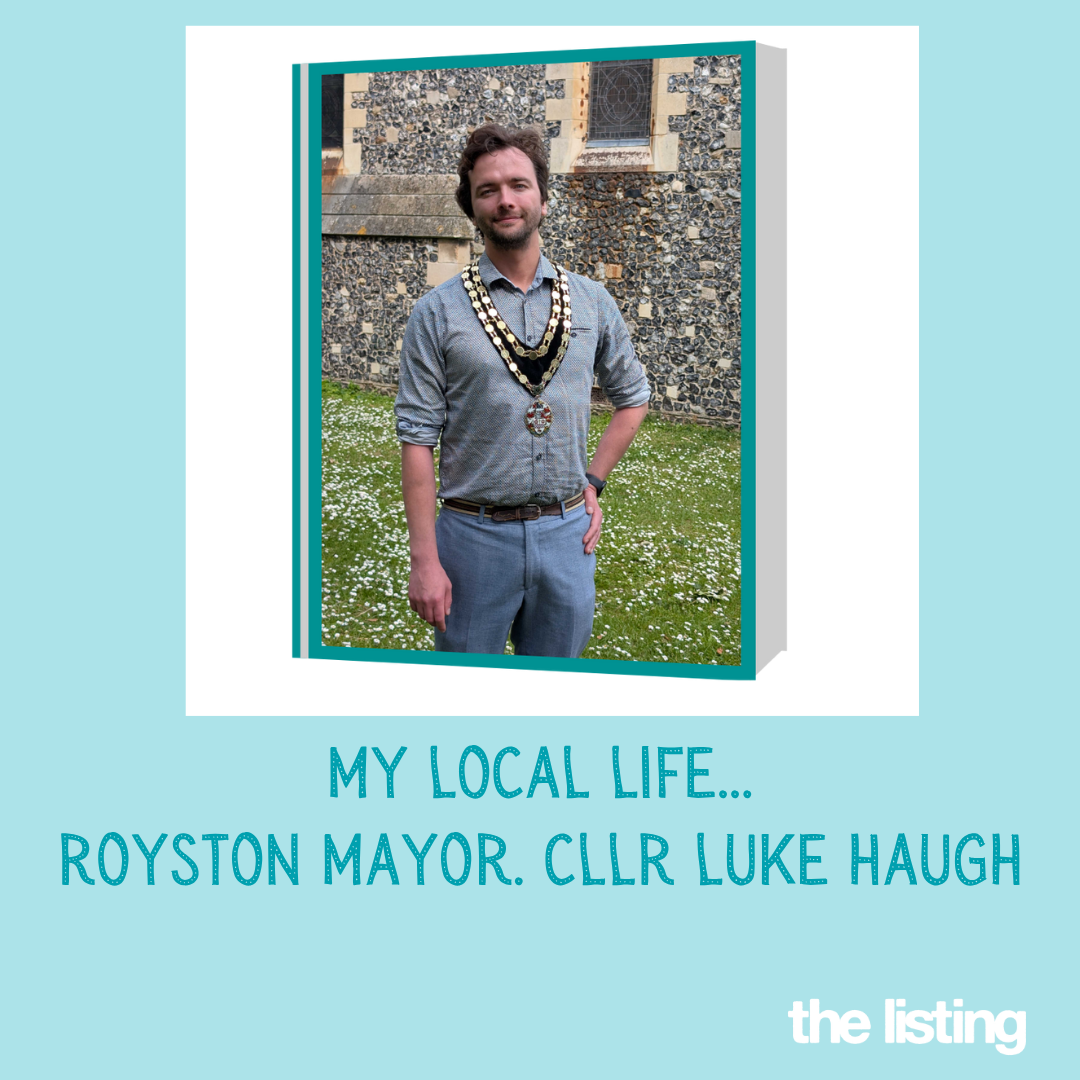Today we love the 420 acres of the Heath as a place to walk (either with dogs or without), to play golf, rugby, tennis, to sledge and to fly kites. We are lucky to have the wide open space on our doorsteps and to be able to enjoy spending time communing with nature!
The reason we are able to use the Heath in this way dates back to 1888 and may be due to the land’s poor agricultural potential.
The area we know today as the Heath used to be referred to as “The Waste” which leads to the conclusion that it was not considered as a productive area. The result of this seems to be that in 1888 when it came to enclose the land (previously being part of Therfield Manor) the land was left in the control of a group of eight people – the first Conservators.
Three conservators were elected by members of the “Special Drainage District” of Royston (at this stage Royston did have this one overseeing body), three from people with a claim to “a stint” (the right to graze one sheep or two lambs on the land), the Rector of Therfield and the Lord of the Manor of Therfield Heath.
These eight men were charged with the management of the Heath as an open space for recreation and sport – particularly noting the rights of the local rifle volunteers to shoot there. This Award of land was quite ground breaking at the time and acted as a model for the management of some National Parks and open spaces, especially in London.
At the time the land itself was owned by the Diocese of St Albans to which the conservators paid a peppercorn rent. Ownership then changed to the Church Commissioner who own and manage church land nationally.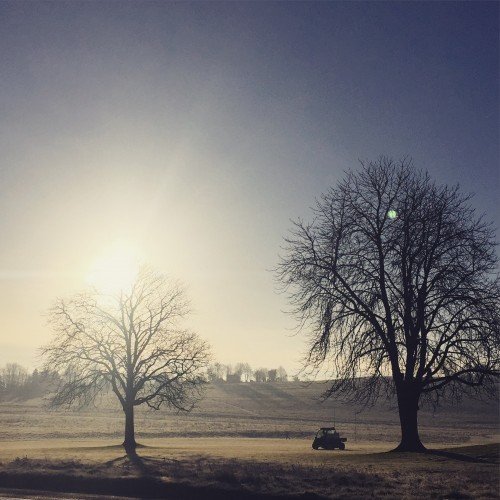
However, some trouble was caused by people claiming to have a right to enter the Golf Club (which is on Heath land) as it was common land. One report tells of RE Saunders Esq, who failed to become elected as a Conservator. He was also refused membership of the Golf Club. After much correspondence with the Church Commissioners and letters to the local papers he announced that on Whit Monday he would be taking action on the Heath. He exercised what he considered his right to roam freely on the Heath by marching into the Golf Club. He was removed from the Golf Club by ‘the golf club steward gently laying his hand on his arm’. The demonstration continued when Mr Saunders and his son removed the railings from around the Golf Club.
As a consequence of this and other issues in 1979 the church wanted to rid itself of the troublesome holding and the then chairman of the Conservators Don Kingsley worked hard to ensure that ownership was, in effect, granted to the Conservators.
So, today the Heath is owned by Therfield Regulation, a special purpose charity established to own the land and managed by the conservators.
However, the conservators by no means have a free rein. Natural England, part of DEFRA, oversee the timing of grass cutting, the management of grazing etc. Although Natural England now provide a small grant to the conservators, no additional funding is received from government and so the rent paid by the main tenants (including the Golf Club, The Heath Sports Club and the Gallops) provide the income that the Conservators’ need to maintain the land.
So today, this, the largest area of unimproved chalk grass land in the country, is a Site of Special Scientific Interest and home of much rare and important flora and fauna, which would return to scrubland within ten years if left unmanaged and ungrazed, and is ours to enjoy. And that is thanks to the conservators.
Lots more information can be found on the conservators’ website, so do visit it!



